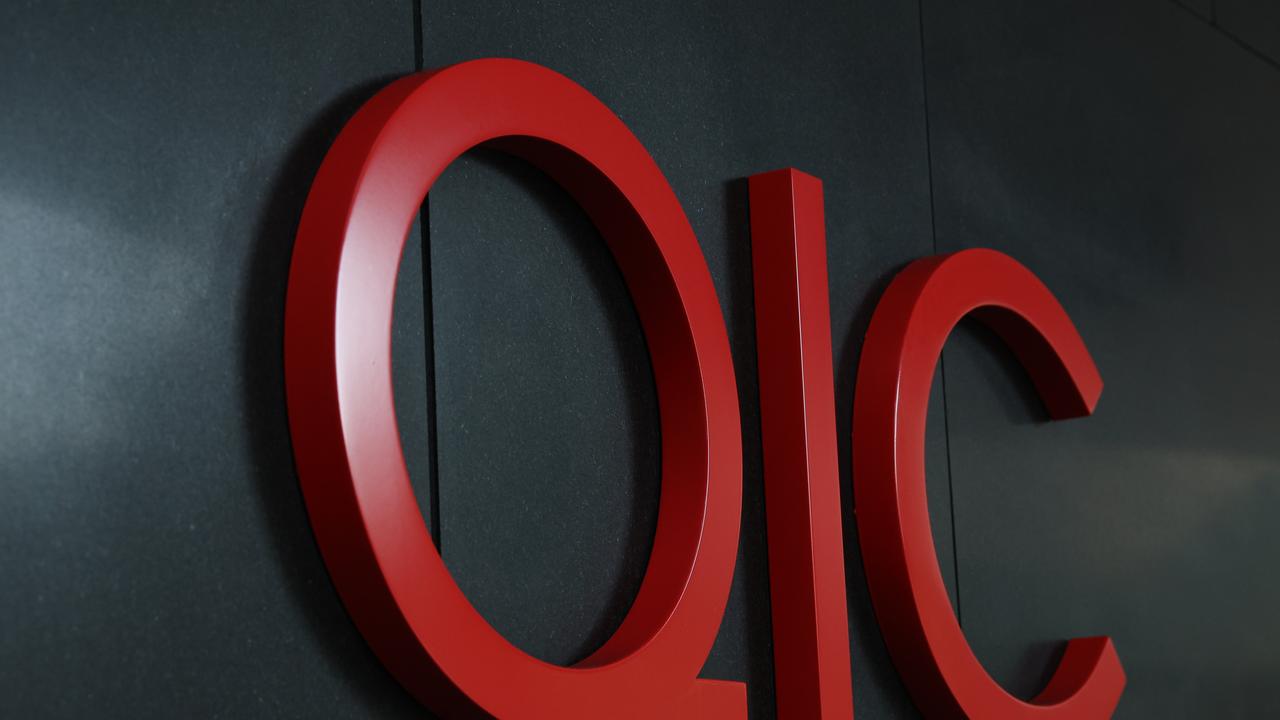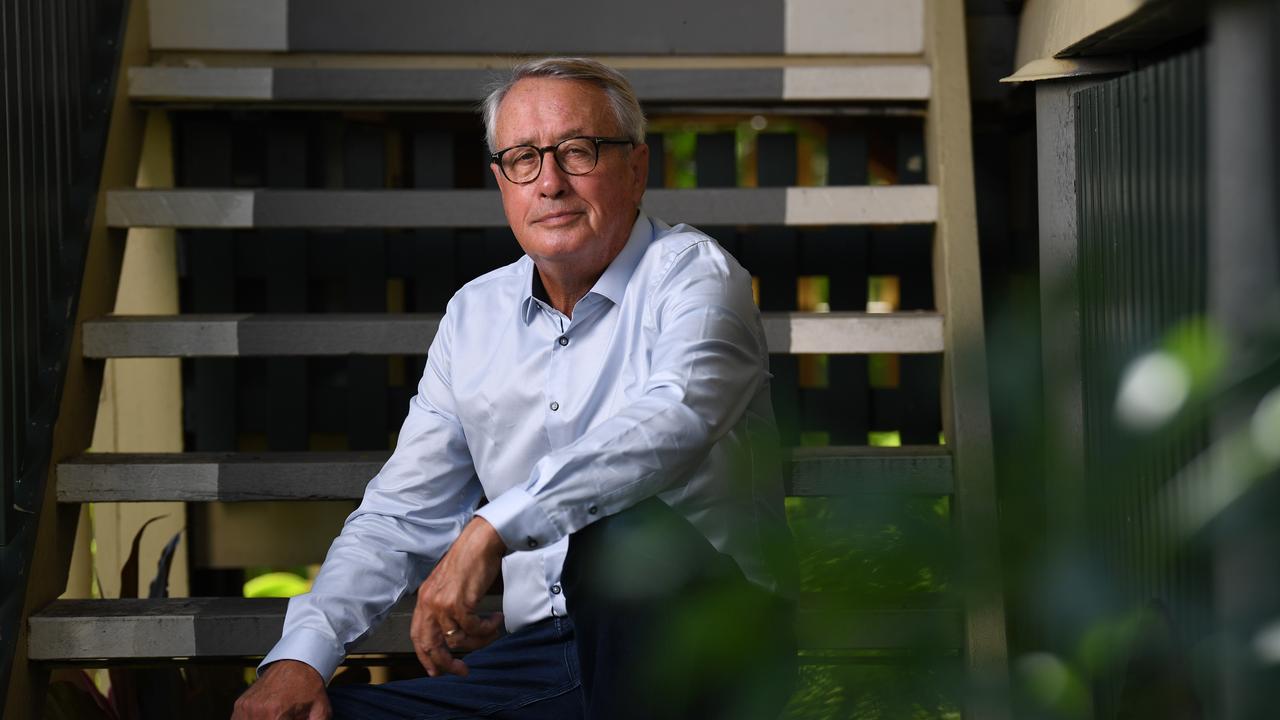Telstra CEO Vicki Brady now has a chance to set telco up for decades to meet data demands
Vicki Brady is working up a new plan to prepare the telco for the heavy spending required to meet the massive data wave that’s coming.
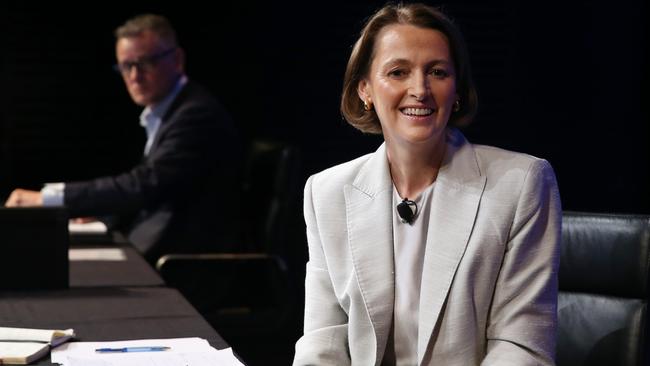
Business
Don't miss out on the headlines from Business. Followed categories will be added to My News.
Telstra boss Vicki Brady and her top executives are now in the planning stage for the telco’s next five years, with a whole new set of aspirations and rebooted strategy being mapped out.
And while the program hasn’t been named, Telstra’s previous big change efforts were known by their target years. It will be safe to assume this one will be called T30. And this will be a chance for Brady to set the telco up for coming decades.
T22 represented the traumatic pulling apart and rebuild of Telstra by her predecessor Andy Penn through a massive cost cut program. Then T25 that followed laid out earnings aspirations. This program had Brady’s input as chief financial officer. (Brady took charge in late 2022).
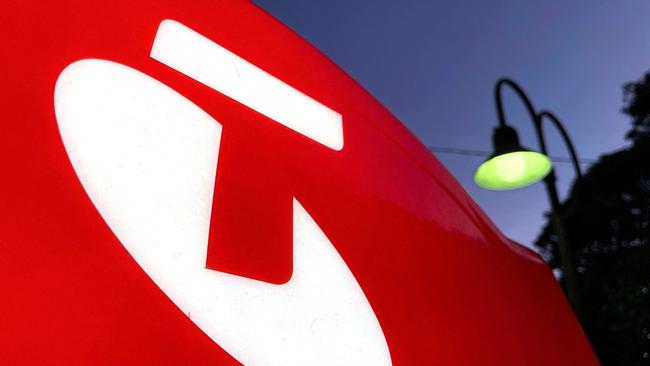
But the new program will be all Brady’s and will involve the step-up in investment needed to future proof Telstra’s network to meet the surge data demands that is already underway.
Much of the challenge for Telstra will be how to fund the massive spend needed to build out more advanced telco infrastructure, while preserving its hard won shareholder returns.
To get a sense of the scale of the numbers, more than $42bn has been spent by the telco in the past decade on network investment as well as securing spectrum. But the cost demands are getting bigger to keep pace with the growth. Some $5bn of this capex was spent just last year.
The way Brady sees it, Telstra’s future will be built around three pillars and this is shaping her early thinking around T30.
First is high tech digital infrastructure that needs to be built and maintained.
Next is connectivity as devices become more sophisticated and demand smarter networks.
The third plank is customers. Whether they are business, government or consumers, Telstra needs to be where they are and have the network and right technology support them.
Key to this will be Telstra maintaining its lead in mobile tech.
By the end of the decade, telcos around the world will be preparing to start rolling out 6G mobile standard to support AI technology and Telstra needs to be on this train.
Brady points out there is already enormous and growing demand for Telstra’s core products and services. The amount of data moving through Telstra’s mobile network grew by another 20 per cent last financial year.
Fast fibre
One of those projects to meet the data surge is already underway. Telstra is spending $1.6bn building out a high capacity, ultra-fast fibre network connecting Australia’s capitals.
It will start seeing revenue from this build out later next year with earnings forecast to grow sharply over the next few years.
Telstra signed on Microsoft as a foundation customer to this backbone, helping the tech giant’s hunger for data to power artificial intelligence software.
Brady points out it is investments like these that are needed today to meet the demand that is coming.
“It demonstrates how important that infrastructure is to support the technology needs of the country going forward,” the Telstra boss says. These investments in fibre start to open up opportunities to think about Australia as potentially a digital hub to provide services into Asia, she adds.
And Telstra’s aim is to capture a big slice of carrying all that data through its network.

Brady’s comments came as Telstra posted another annual result that shows previous painful restructuring and cost cuts have cleared the path for the telco to fundamentally grow again.
The headline numbers fell 12.8 per cent to $1.8bn after being hit with a series of restructuring charges, mostly to do with its troubled enterprise business. After stripping out $715m in writedowns and one-time costs, underlying profit was up 7.5 per cent, notching up some of its fastest growth rates of recent years.
Telstra issued another lift to the full year dividend, declaring a payout of 18c a share, up 5.9 per cent. The payout represents nearly 97 per cent of underlying earnings.
The earnings numbers hit market expectations and the improved earnings outlook for next year helped boost the telco’s shares nearly 3 per cent.
Brady’s Telstra delivered higher returns where it counted, with its core mobiles and infrastructure businesses growing again, helped by a round of price rises. There’s more to come with a new round of price hikes outlined in May which will set the telco up for more profit growth next financial year.
The promised $350m in cost savings under the T25 program are also set to be delivered.
Brady agues the numbers are not simply built on price rises, rather it reflects surging demand for products. The telco added more than half a million new mobile customers through the year while existing customers were using more services. So too data travelling over its heavy infrastructure was booming.
Legacy tech
The latest full year accounts were typical of the challenge Telstra has faced for much of the past two decades. Like all full-service telcos, it has is caught between running down its big legacy technology systems while trying to pivot to what’s coming over the horizon.
In this case, its enterprise business, which sells fixed line services and networks to big corporate clients and other business, is facing extreme pressure.
As more businesses move communications to faster cloud-based services, Telstra’s corporate offering is being left behind. The likes of Amazon and Microsoft are moving into Telstra’s traditional patch selling cloud-based options. Telstra is looking to respond with its own cloud offerings and moving into hosting data.
For more than 18 months Brady has been warning this moment had been coming, and some of the speed downturn particularly around professional service customers has even taken Telstra by surprise. There’s also some cyclical downturn as big companies are deferring investment spending.
Last May Telstra outlined its plan to axe up to 2800 jobs, mostly across its enterprise arm as it attempts to rebuild the business. That process is still ongoing. Brady is doing this to “fundamentally reset the business” in the face of the technology disruption.
Other problem spots remain, including the shutting down of its 3G network. This week Telstra buckled to community pressure to extend the deadline for closure for several months until October.
Telstra has been warning for five years about the need to close its legacy network and what’s becoming a costly network to maintain. But Telstra still has to tread carefully in easing these customers off the old services and onto the data-rich 4G and 5G services without pushing them away completely.
It been the perennial challenge for successive Telstra CEOs, and it is now Brady’s to manage: keeping investors and customers looking past today’s disruption with a fix firmly on the horizon.
Powering up
Origin’s Frank Calabria is under no illusions about the steep path ahead if Australia is to hit its end of decade targets to cut carbon from the system and keep the lights on.
The chief executive of the nation’s biggest integrated energy company says the challenge is getting the transmission settings right and making sure there’s enough storage in place such as batteries to smooth out the variability of renewables.
“Overall the target is very challenging for 2030,” Calabria told The Australian.
The big unknown is how the Albanese government’s Capacity Investment Scheme designed to introduce 32GW of new generation and storage into the system, all underwritten by the taxpayer, will shape the near-term energy grid.
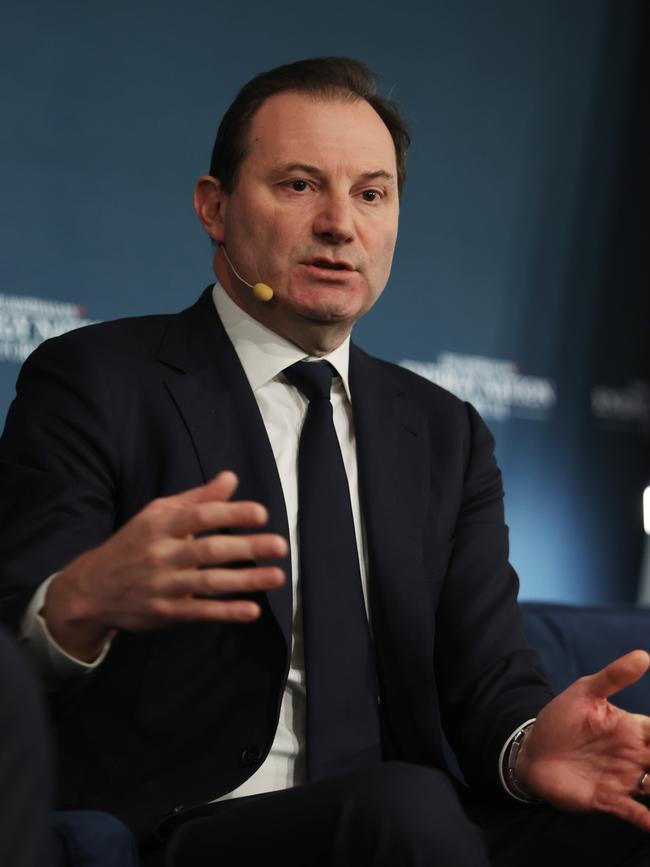
Tenders for the first stage of the scheme to roll out 6GW across the east coast are underway with a shortlist of bids expected in coming weeks. Origin is sitting on the sidelines watching how that is likely to shape the market.
Origin already has its hands full in building out the first phase of its own renewable pipeline with construction underway on the 1.5GW of battery capacity at its Eraring coal generator site and nearby Mortlake in NSW’s Hunter Valley.
Elsewhere, seeing through the development of the 1.5GW Yanco Delta wind farm project, which is in the critical planning stage of connecting to one of NSW’s renewable energy zones. “It’s a big year for that project,” the Origin boss says.
Calabria was speaking as Origin posted a 58 per cent surge in headline profit to $1.18bn.
Origin is facing headwinds on several fronts. Electricity prices are forecast to continue pulling back, so too gas prices for sales through its APLNG venture. Meanwhile the benefit of Canberra’s coal price cap comes off. This was behind a near 10 per cent drop in Origin’s shares on Thursday.
He is acutely aware of the headline numbers, particularly as households are struggling with a jump in energy bills. He says there’s a combination of factors but two stand out: Origin was selling into a national energy market where wholesale prices were higher. In addition, the company’s ageing coal-fired power plants were more reliable.
Indeed the Eraring plant was generating more electricity given the lower output of renewables with Tasmania’s hydro energy plants pressured by drought and the southern states having unusually cloudy weather and a string of days with little wind. Origin’s own energy trading business generated returns of 10 per cent.

The result marks the first set of full year accounts since the abandoned $20bn takeover bid led by Brookfield. For Calabria’s part he is focused on running Origin as he always has and not looking back. As well as the renewables build out, he is considering a further round of investment in the high-performing UK energy retail business Octopus that operates the Kraken platform. The new funds will be to support Octopus’s offshore expansion. Earlier this year Origin injected $540m into the business that ranks as the UK’s second biggest energy retailer, increasing its stake to 23 per cent.
“We’ve always got more that needs to be done,” he says. “We’ve got to deliver our plan and continue to execute well, and if we don’t execute well, then the market will tell us”.
johnstone@theaustralian.com.au
Originally published as Telstra CEO Vicki Brady now has a chance to set telco up for decades to meet data demands


